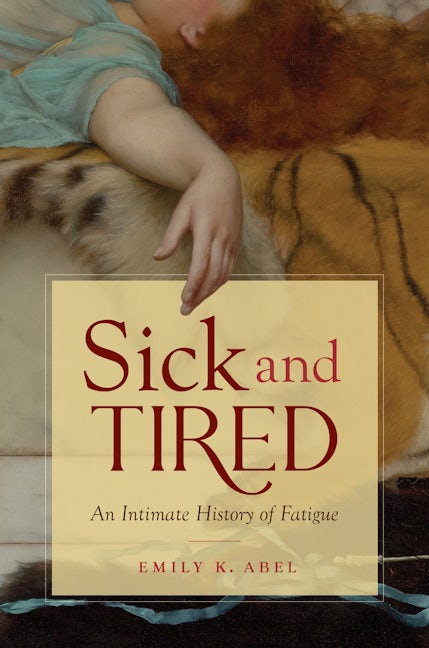Most discussions of fatigue at the turn of the twentieth century begin with neurasthenia (from a Greek term meaning nervous exhaustion), the diagnosis popularized by neurologist George M. Beard in 1869. Like other physicians at the time, Beard viewed the body as a machine powered by energy produced by the nerves. The depletion of that energy resulted in the condition he called neurasthenia. Although sufferers reported an array of vague symptoms, including irritability, weight loss, anxiety, depression, insomnia, and impotence, fatigue was the most important and rest a commonly prescribed remedy. We tend to assume we live in a time of unprecedented and overwhelming social and technological change. In the late nineteenth century, similar anxieties were provoked by the advent of telephones, telegraphs, trains, and what contemporaries viewed as the accelerating pace of life in rapidly growing cities and the tendency toward busyness and overwork.
Another kind of fatigue was associated with manual labor. Historian Anson Rabinbach demonstrates that physiologists at the turn of the twentieth century drew on the discovery of the laws of thermodynamics to conceptualize human bodies as motors capable of converting energy into work. Fatigue was a critical issue because it prevented humans from working as long and efficiently as machines. Some scientists hoped to find a way to eradicate fatigue and thus increase productivity. Rabinbach focuses on Europe, but industrial fatigue also preoccupied U.S. social reformers in the Progressive Era, many of whom campaigned for more frequent breaks and shorter working hours for laborers. In doing so, they joined a long-standing crusade. “The length of the workdays,” historians Philip S. Foner and David R. Roediger write, traditionally had been “the central issue raised by the American labor movement during its most dynamic periods of organization.” It was “the prime demand in the class conflicts that spawned America’s first industrial strike, its first citywide trade union councils, its first labor party, its first general strikes, its first organization that united skilled and unskilled workers, its first strike by females, and its first attempts at regional and national labor organization.” Progressive reformers worked alongside union leaders, seeking to reduce hours through protective legislation rather than collective action.
Josephine Clara Goldmark’s landmark book Fatigue and Efficiency appeared in 1912. Chair of the Committee on the Legal Defense of Labor Laws of the National Consumers League, Goldmark had begun her study of fatigue several years earlier at the request of her brother-in-law Louis Brandeis (later the first Jewish justice on the U.S. Supreme Court), who was preparing his brief for Muller v. Oregon, the Supreme Court case that established the constitutionality of limiting women’s working hours. Although Goldmark noted that many factors contributed to industrial fatigue, including noise, speed, and monotony, she placed the greatest emphasis on the length of the working day.
